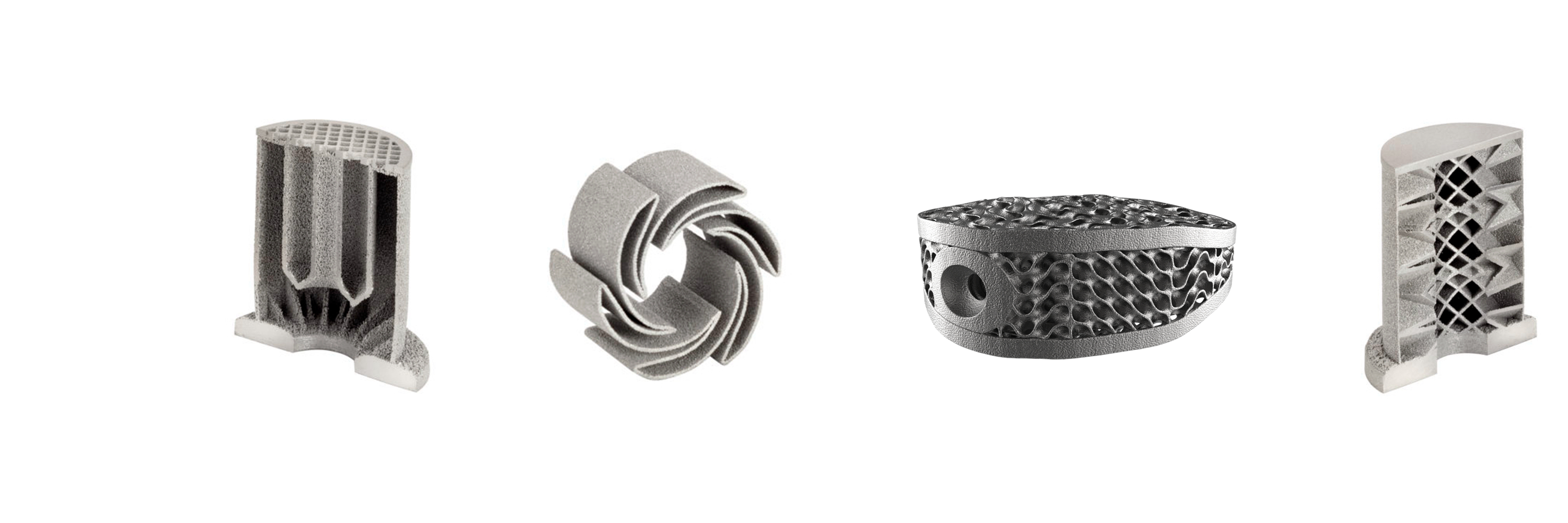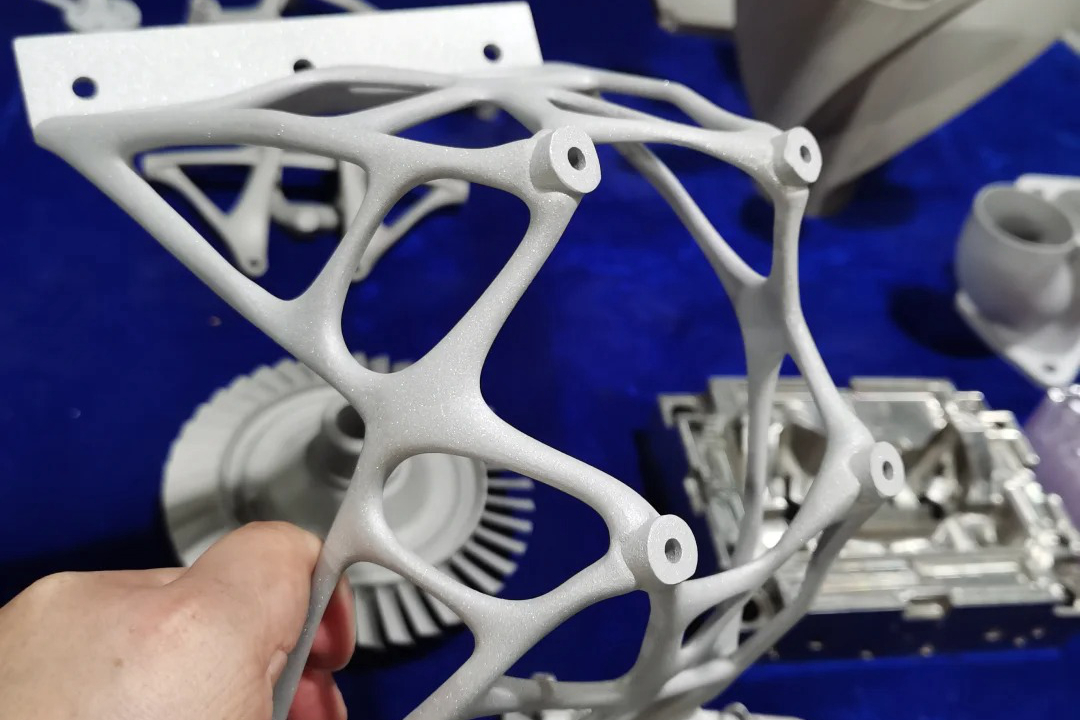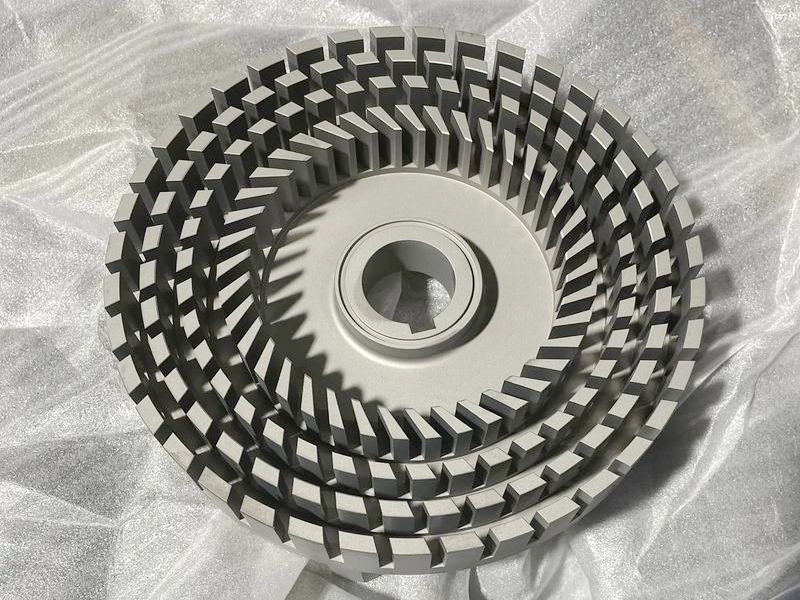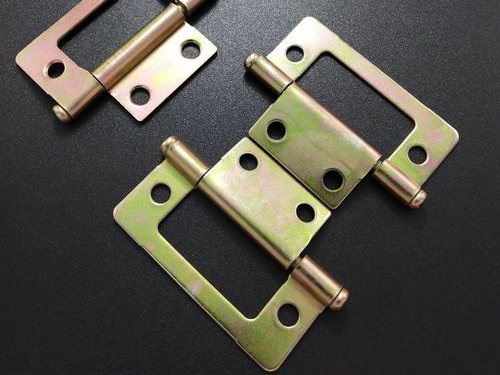Stainless Steel Available In 3D Printing Service
Our 3D printing service provides a wide range of stainless steel alloys, including SUS316L, SUS304L, SUS630/17-4 PH, SUS15-5 PH, and more. These materials offer excellent corrosion resistance, strength, and durability, making them ideal for aerospace, automotive, and industrial applications.

Send us your designs and specifications for a free quotation
All uploaded files are secure and confidential
Stainless Steel 3D Printing Technologies
Stainless Steel 3D Printing Technologies, such as DMLS, SLM, EBM, and Binder Jetting, offer high-precision, durable parts for aerospace, automotive, and medical applications. These methods provide strong, dense components, ideal for complex geometries, high performance, and functional end-use parts.
Typical Stainless Steel Used In 3D Printing
Stainless steel used in 3D printing provides excellent strength, corrosion resistance, and durability, making it ideal for aerospace, medical, and industrial applications. Common types include 316L for biocompatibility and marine environments, 17-4 PH for high strength and hardness, and 304 for general-purpose applications. These materials enable complex geometries and high-performance parts with enhanced mechanical properties.
Let's Start A New Project Today
Tips for Choosing Right Stainless Steel In 3D Printing
Selecting the right stainless steel for 3D printing depends on corrosion resistance, mechanical strength, and specific application requirements. Choose from grades like SUS316L for medical and marine applications or SUS630/17-4 PH for high-performance parts. Consider printing parameters, post-processing, and the desired surface finish to make an informed decision.



